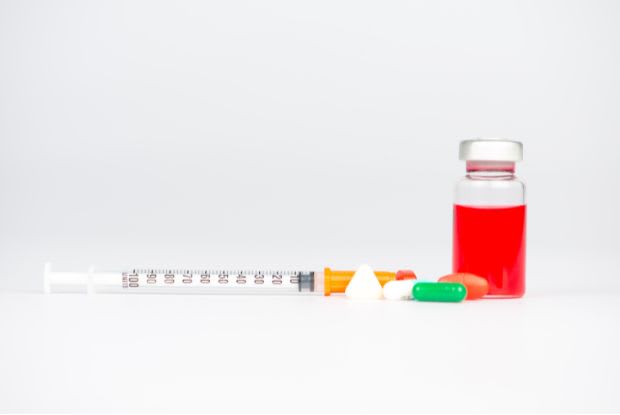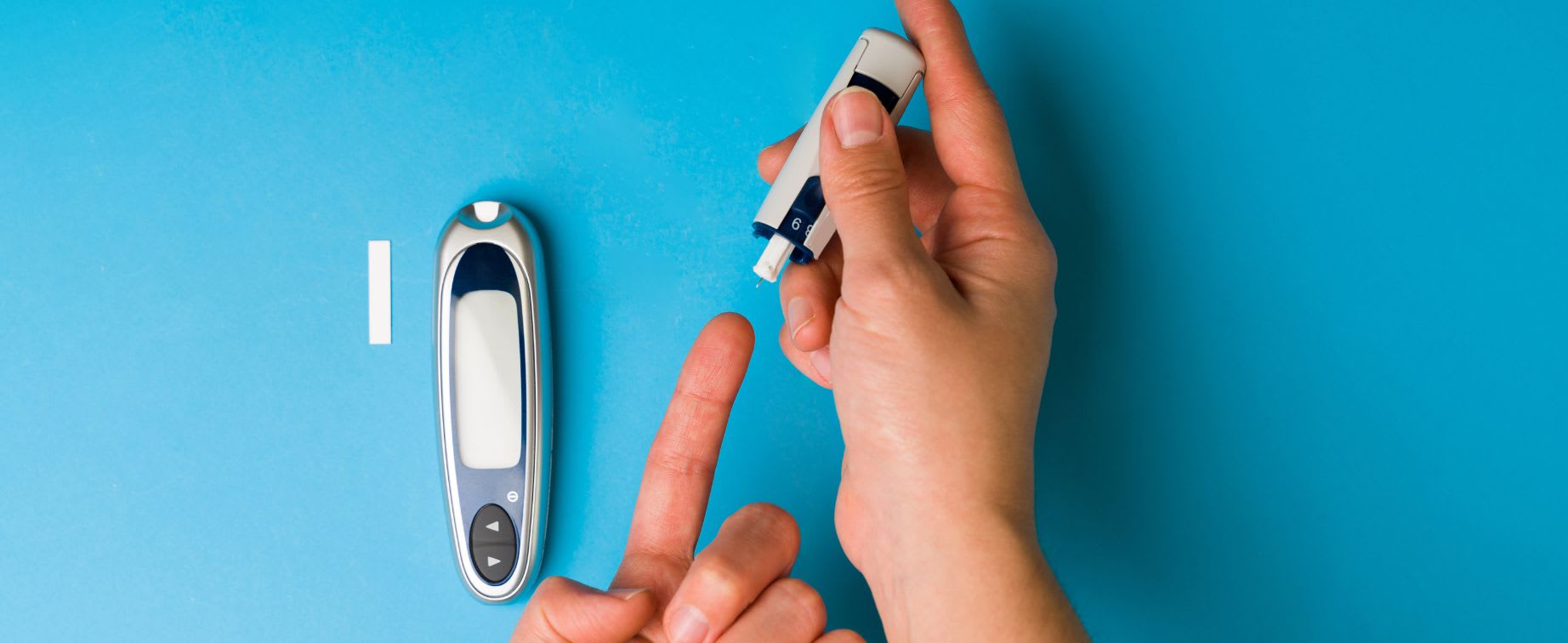Table of Contents
III. Rybelsus vs. Ozempic: Key Differences
IV. Is Rybelsus Better Than Ozempic?
Living with type 2 diabetes often means keeping a close eye on your blood sugar levels. Along with diet and exercise, many people rely on medication to help control their blood glucose. Fortunately, there are now more treatment options available than before. Two newer drugs used for managing blood sugar are Rybelsus and Ozempic.
In this article, we’re going to compare Rybelsus and Ozempic. We’ll discuss how they work, dosages, key differences, and which one is better for managing type 2 diabetes.
What are Semaglutides?
The active ingredient in the brand-name medications Ozempic, Wegovy and Rybelsus is semaglutide. This ingredient is currently FDA-approved in three different forms to help with type 2 diabetes and weight management. [1]
· Ozempic is an injection containing semaglutide. It is approved to lower blood sugar in adults with type 2 diabetes, along with diet and exercise. Ozempic can also reduce the risk of cardiovascular issues in adults with type 2 diabetes and cardiovascular disease.
· Rybelsus is a tablet containing semaglutide. Like Ozempic, it is approved to improve blood sugar control in adults with type 2 diabetes, used together with diet and exercise.
· Wegovy is an injection containing semaglutide. Wegovy is approved to help weight loss in adults and children aged 12 and up who have obesity, or adults who are overweight with weight-related health problems. [1]
All three semaglutide medications require a prescription. When used appropriately under medical supervision, they provide helpful options for managing type 2 diabetes and weight loss. [1]
How Do Semaglutides Work?
Semaglutides are a class of medications known as glucagon-like peptide-1 receptor agonists (GLP-1 RAs). They work by mimicking the effects of GLP-1, a hormone naturally produced in the body after meals that influences blood sugar in several ways. [1]
- They slow the emptying of the stomach after eating. This slows the absorption of glucose into the bloodstream, preventing blood sugar spikes.
- Semaglutides reduce glucagon secretion and increase insulin secretion when blood sugar is high. This helps lower elevated blood glucose levels.
- In higher amounts, semaglutides interact with parts of the brain involved in appetite regulation. This can reduce appetite and promote feelings of fullness, which may aid in weight loss. [1]
When used along with diet and exercise, semaglutides are a useful tool for managing diabetes and losing excess weight. [1]
Rybelsus vs. Ozempic: Key Differences
Although Rybelsus and Ozempic both have semaglutide as the active ingredient, there are some key differences worth understanding. Rybelsus is a once-daily oral tablet that comes in three strengths: 3 mg, 7 mg, and 14 mg. It is taken once daily on an empty stomach 30 minutes before any other food, drink, or medications. This allows Rybelsus to be absorbed into your bloodstream without interference from food. [2] When starting Rybelsus, your doctor will have you begin at the lowest dose of 3 mg and gradually increase it over the first few months of treatment. This gradual approach helps your body adjust to the new medication. [2] The FDA recommends the following dosage schedule: Ozempic is a pre-filled injectable pen that is available in three dosages: 0.25 mg, 0.5 mg, 1 mg, and 2 mg. It is administered just under the skin in the abdomen, thigh, or upper arm once weekly. Ozempic can be taken at any time of the day with or without food. [4] To help your body get accustomed to Ozempic, your doctor will start you on a low dose and gradually increase it over the first few months of treatment. [4] A recent journal review compared the effectiveness of oral Rybelsus to injectable Ozempic for managing type 2 diabetes. The study analyzed data from 12 clinical trials with over 6,800 participants. The results showed that while injectable semaglutide was slightly more effective at lowering HbA1c levels and body weight, the differences were small. [5] Overall, the efficacy of the two semaglutide formulations was comparable. The authors concluded that the choice between Rybelsus and Ozempic depends largely on patient preferences regarding oral versus injectable administration. Those who strongly prefer oral medication may opt for Rybelsus, while people who want less frequent dosing may choose Ozempic. Both provide the benefits of semaglutide for managing type 2 diabetes. [5] Ultimately, factors like administration method and dosing frequency should be discussed with a healthcare provider to determine which option best fits your needs and lifestyle. [5] Rybelsus and Ozempic offer two convenient new options for managing type 2 diabetes. Rybelsus is taken as a daily pill, while Ozempic is injected once weekly. Having different administration methods allows people with diabetes to choose the option that best fits their lifestyle and schedule. To learn more about Rybelsus, visit our informative Rybelsus blog. The content in this article is intended for informational purposes only. This website does not provide medical advice. In all circumstances, you should always seek the advice of your physician and/or other qualified health professionals(s) for drug, medical condition, or treatment advice. The content provided on this website is not a substitute for professional medical advice, diagnosis, or treatment.
Rybelsus Dosages
Ozempic Dosages
Is Rybelsus Better Than Ozempic for Treating Type 2 Diabetes?

Conclusion
